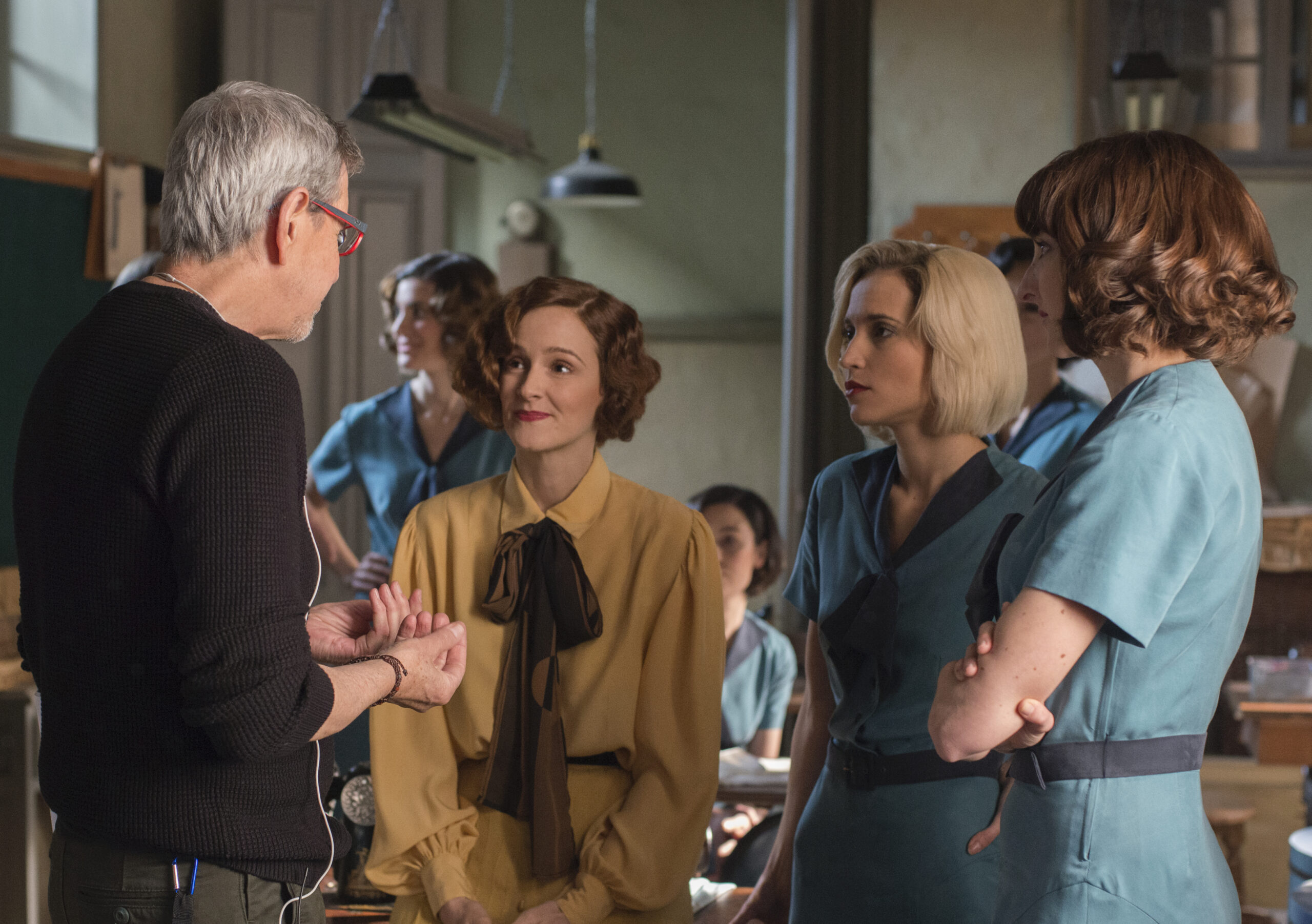Windmills and giants in Castilla-La Mancha: in the footsteps of Don Quixote
The winds of La Mancha, urged on by the region’s traditional windmills, scatter the rich history of the country where Don Quixote is still, even today, tilting against giants.
By: Pelayo de las Heras
The silhouette of the windmills set against the turquoise skies of La Mancha continues to be an eternal symbol of this region. In these figures, Don Quixote saw giants whose shadows, caused by the relentless rays of the sun, stretched boldly over the plains of the plateau. Beyond his feelings toward Dulcinea, the masterpiece of Spanish language also renders homage to the beauty of the Castilian lands.
The mills of Campo de Criptana are believed to be the ones that inspired Miguel de Cervantes
The windmills, whose white walls remain pristine year after year, still stand as the bones around which life comes together in Castilla-La Mancha. The reddish finish of their funnel-shaped roofs, as well as the spinning black sails, contrast with the yellow, green and brown tones of the coloured horizon of which this land is formed. As many experts have pointed out, it might have been the windmills of the municipality of Campo de Criptana which provided inspiration, centuries ago, for Miguel de Cervantes himself. Today, these constructions are protected and have been categorised as Assets of Cultural Interest. This comes as no surprise, as some even date from the 16th century, prior to the publication of the novel.

Campo Criptana. Photo: David Blázquez. © Castilla-La Mancha General Directorate of Tourism. 
Consuegra. Photo: David Blázquez. © Castilla-La Mancha General Directorate of Tourism. 
Campo Criptana. Photo: David Blázquez. © Castilla-La Mancha General Directorate of Tourism.
The countryside of La Mancha finds in the windmills a protagonist, though somewhat of an unexpected one. The type of tourism they bring is characterised by its surprising capacity for looking inside the country. Some of the windmills can be seen from the inside nowadays: this is the case with the raised constructions in the towns of Infantes and Clubero, where it is possible to observe the original structure and machinery, and see how the gears, which have sustained the region for centuries, work. Today they are one more element of the region’s identity, an aspect linked to the folklore of history: for five centuries, the windmills have stood, watchful, like milestones of their land.
In the gastromill of Caballero del Verde Gabán, visitors can try traditional dishes from the gastronomy of La Mancha
The tourist routes of the windmills are, today, an alternative of great interest. Consider, for example, the case of the town of Consuegra, in Toledo, whose history goes back to its own Roman roots, which is where its sonorous name, originally Consaburum, comes from. Here, as many as 13 windmills stand around a small hill. Another fragment of the local history is can be seen in profile against the horizon: an Arab castle in which, according to legend, the son of Cid Campeador died. The names of all the windmills, moreover, give a palpable sense of the local traditions: Sancho, Espartero, Caballero del Verde Gabán. In the last of these, modernity melts in, as its interior is, today, the origin of what is known as the ‘gastromill’: inside, visitors can taste traditional dishes and products from their native land. However, in order to discover the peculiar functioning of the traditional windmill, we have to travel to Mota del Cuervo. It is the search for wind (and the correct positioning of the canvas sails) and the ritual of releasing the grain, where visitors can observe how the ground wheat falls and is turned into flour; a way of creating life.

Salto Poveda. Photo: David Blázquez. © Castilla-La Mancha General Directorate of Tourism. 
La Alcarria. Photo: David Blázquez. © Castilla-La Mancha General Directorate of Tourism. 
Pelegrina. Photo: David Blázquez. © Castilla-La Mancha General Directorate of Tourism.
Beyond its evident historical value, this perspective of tourism in Castilla-La Mancha, can be seen as a form of responding to the most personal questions about our communities: where we come from, and a simple way of getting to know ourselves.

Uña. Photo: David Blázquez. © Castilla-La Mancha General Directorate of Tourism. 
Barrancas de Burujón. Photo: David Blázquez. © Castilla-La Mancha General Directorate of Tourism. 
Tablas de Daimiel. Photo: David Blázquez. © Castilla-La Mancha General Directorate of Tourism.

